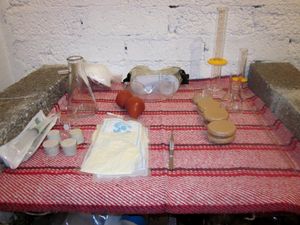
The following is a list of goals, procedures, equipment needed, and abstracts for four different rainwater quality testing procedures at The Laboratory of Community Alternative Technologies at Ajusco in conjunction with Isla Urbana. Both groups are non profits located in Mexico City. Isla Urbana is a group providing rainwater catchment systems around Mexico City and other areas of Mexico, Ajusco Labs is a laboratory testing center for appropriate technology projects and outcomes. Ajusco Labs will be testing rainwater quality outcomes from Isla Urbanas systems set up around Mexico City. This is one part in a series of rainwater testing at Isla Urbana and Ajusco Labs. Click here to connect to the main page on Rainwater quality testing.
4 Different Testing Processes for Different Seasonal Times & with Different Goals[edit | edit source]
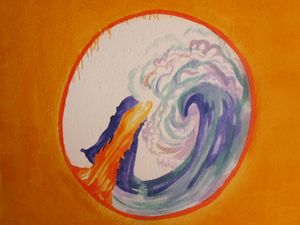
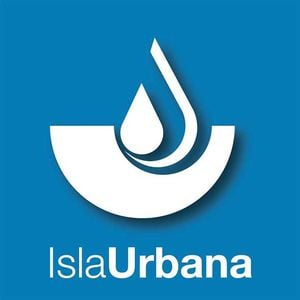
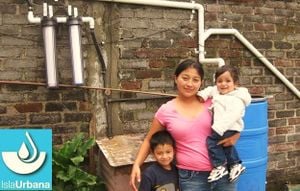
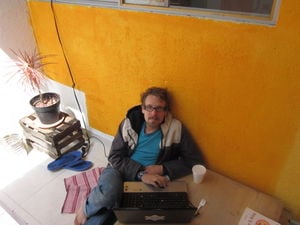
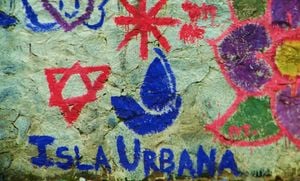
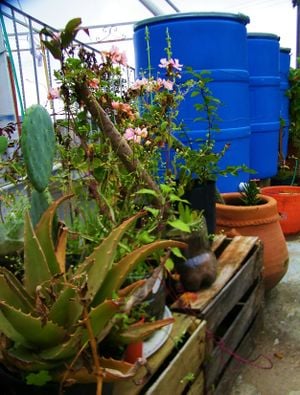
I. Testing water quality, surveying water access, and mapping high risk areas in Mexico City with Isla Urbana[edit | edit source]
Abstract[edit | edit source]
Contaminants in high enough concentrations in water can affect human health even when just used for recreation, bathing, or touching ones skin and mouth.[1]Though rainwater is relatively free of impurities there are sources of contamination found from the atmosphere and human uses of the surrounding land, as well as organic matter and animal droppings entering the system, possible human fecal material introduction from bird populations, and possible pollutants from system materials like roofing or gutter materials.[2]The point of this study is to understand the water quality in real rain harvesting systems set up by Isla Urbana in Mexico City. Though the following testing process does not tell us why the water quality is a certain way, it does tell us the actual water quality found in the field in both the cisterns and from the faucet. We will take random samples from at least 50 houses over the course of the year and compare them against both water portability and recreational water standards by the World Health Organization (WHO) and the Environmental Protection Agency (EPA). Since the systems provided by Isla Urbana are not suggested for use for drinking, but are regularly used for bathing, washing clothes, and brushing teeth, these standards do not directly apply, but can be used as guidelines for understanding the water quality provided by rainwater systems at Isla Urbana. Also in order to address high risk areas in the area we will be mapping the location of sample sites and results. Other studies have shown that rainwater quality is influenced by its location in relation to industrial plants, septic systems, sewage treatment plants, cattle land, and even increased levels of iron have been found around forests.[3]Our mapping will also help us understand the geographic influences on rainwater quality found in Isla Urbana's rain harvesting systems around Mexico City.
rainwater, water quality, contamination, Mexico City, mapping
Click here to read more about testing methods, equipments, and survey questions for this test
II. Testing synthesized components of rainwater harvesting systems with Isla Urbana[edit | edit source]
Abstract[edit | edit source]
Different catchment characteristics and components in rainwater harvesting systems have been found to have statistically significant effects on total coliform bacteria levels as well as heavy metal levels, and other contaminants.[4][5] Atmospheric influences have also been found to effect the ending water quality from rainwater. The point of this study is to understand the atmospheric influences on the rainwater quality found in Mexico City, the effectiveness of contaminant removal by different components including the first flush and different filter types, and the overall ending water quality after water passes through different types of synthesized filter sequences found in Isla Urbana's rain catchment systems. Variables in the field that can not be accounted for with this testing procedure include inefficiencies that might be found in an actual first flush and how different pumps effect the speed of water through the filters and thus changes the removal rate of the filter. The benefits of this testing is that it can be done in a location with or without a rainwater harvesting system because we will be synthesizing the components of the system in the laboratory using samples collected from rooftops around Mexico City, this greatly helps increase the number of samples we can collect, since these samples are limited to being taken only during the rainy season. We will take random samples from at least 15 houses over the course of the rainy season and compare them against both water potability and recreational water standards by the World Health Organization (WHO) and the Environmental Protection Agency (EPA).
rainwater, water quality, rainwater harvesting, Mexico City, contamination,
Click here for more info on the test methods, equipment, and goals
III. Rainwater harvesting system and component water quality analysis in the field with Isla Urbana[edit | edit source]
Abstract[edit | edit source]
Testing different components of a rainwater harvesting system in the field is an important procedure in order to understand different environmental and human variables not seen in testing results from a laboratory environment. The goals of this study are to find out the ending water quality in real systems set up in the community by Isla Urbana in Mexico City, the removal rate of contaminants by the overall system and by different components in real systems in the community, to understand how effective different components are in the system with age (and possible suggest replacement times for different components), as well as which points in the system can be susceptible to contamination from outside sources, how grid water compares to ending rainwater, and how municipal water mixed with rainwater in the cisterns effects the overall rainwater quality. We will achieve this by taking samples from 6 different sites in each system all the way from pure rainwater before touching the roof to the ending faucet. Our samples will come from at least 25random systems. 4 of the 6 samples can only be taken during the rainy season, this limits our sample time to June through October. Samples will be compared against both water potability and recreational water standards by the World Health Organization (WHO) and the Environmental Protection Agency (EPA). Though Isla Urbana's systems are not suggested for use for drinking and instead are regularly used for bathing, washing clothes, and brushing teeth, these standards do not directly apply, but can be used as guidelines for understanding the water quality provided by rainwater systems at Isla Urbana.
Rainwater, water quality, contaminants, Mexico City, domestic use, potability, rainwater catchment system,
IIII. Testing Potability of Rainwater after Boiling[edit | edit source]
Abstract[edit | edit source]
Boiling is a common way of disinfecting water for drinking around the world.[6] The length of boiling time changes not just based on elevation changes, but also based on personal judgments and personal work schedules. Though rainwater is relatively free of impurities there are still points of contamination including fecal material, which have shown up in some studies as coliforms above the recommended level for safe drinking water. This study will compare the effectiveness of E.coli removal at different boiling times from rainwater samples collected in real rainwater catchment systems set up by Isla Urbana in Mexico City. We will compare the effective removal of E.coli at different boiling times commonly used in the community and the boiling time suggested for our elevation at 8,000ft. Samples will be taken from at least 25 random sites among Isla Urbana's systems. Results will be compared with water portability standards set by the World Health Organization to see which ending samples are potable and at what recommended boiling time.
References[edit | edit source]
- ↑ World Health Organization.
- ↑ Dillaha, Theo A. III, and Zolan, William J. Rainwater catchment water quality in Micronesia. Water Research. Vol. 19, no. 6, 1985, pp. 741-746.
- ↑ Vikaskumar G. Shah, R. Hugh Dunstan, Phillip M. Geary, Peter Coombes, Timothy K. Roberts, and Tony Rothkirch. Comparisons of water quality parameters from diverse catchments during dry periods and following rain events. Water Research. Vol. 41, no.16, August 2007, pp. 3655-3666.
- ↑ Dillaha, Theo A. III, and Zolan, William J. Rainwater catchment water quality in Micronesia. Water Research. Vol. 19, no. 6, 1985, pp. 741-746.
- ↑ Thomas, P R and Greene, G R. Rainwater quality from different roof catchments. Water Science & Technology. Vol. 28, no. 3/5, 1993, pp. 291-299.
- ↑ World Health Organization.